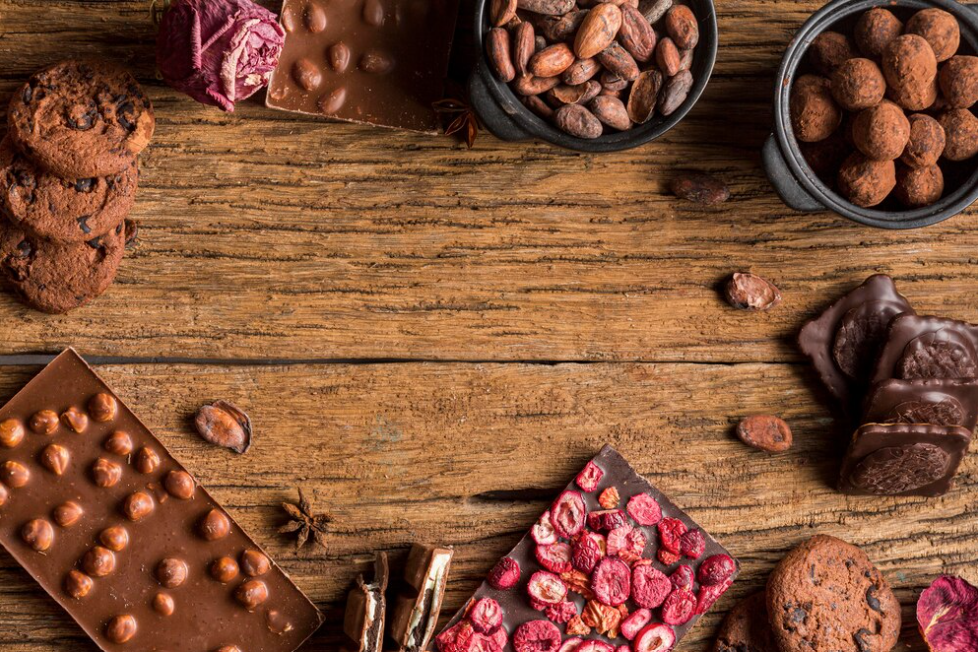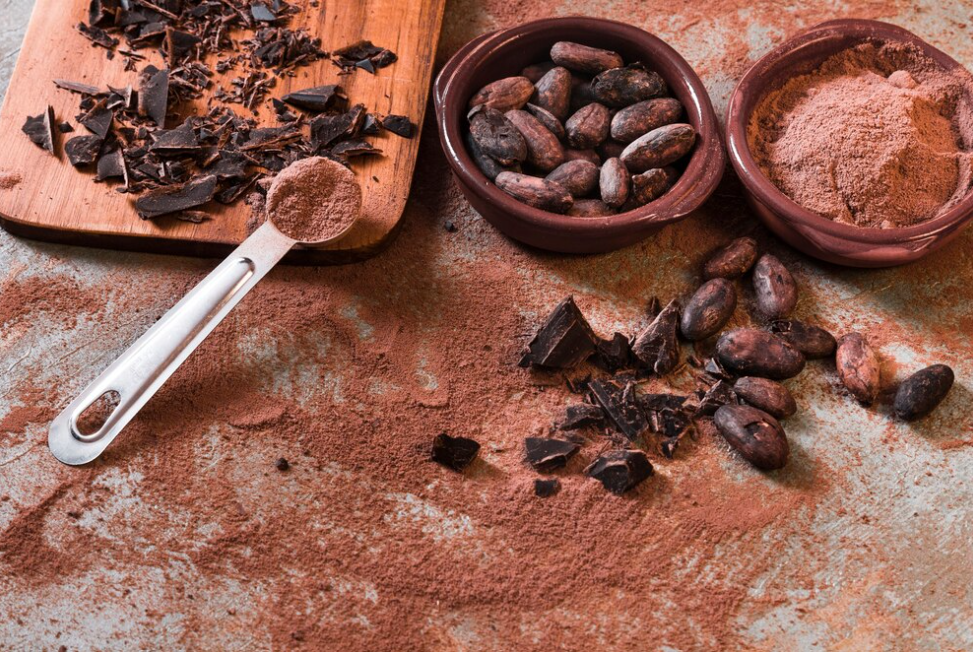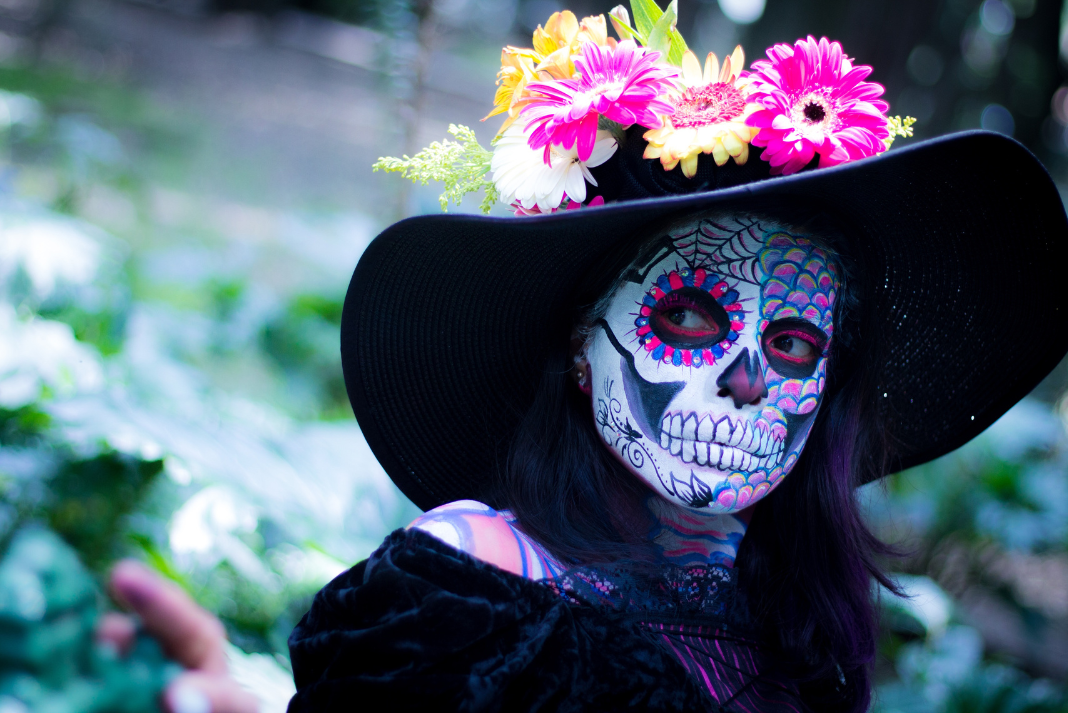Chocolate: the ultimate indulgence. From the rich, creamy centers to the smooth, luxurious exterior, it’s a treat that speaks to the senses. Whether you prefer milk chocolate, dark chocolate, or something a little more exotic, there’s a chocolate for everyone. The smooth, creamy texture and rich flavor will leave you feeling indulged and satisfied. But where did it all begin?
History Of Chocolate:
Chocolate has a long and fascinating history that spans thousands of years and crosses many different cultures. The origins of chocolate can be traced back to the ancient Mesoamerican civilizations of Mexico and Central America, where chocolate was consumed in the form of a bitter beverage made from ground cocoa beans mixed with water and spices.
The cocoa bean, which is the key ingredient in chocolate, grows on the cocoa tree (Theobroma cacao) and is native to the tropical regions of the Americas. The cocoa bean was first domesticated by the Olmec civilization, which flourished in Mexico around 1400 BCE. From there, the cultivation and use of cocoa beans spread to the Maya and Aztec civilizations, which flourished in Central America between 1000 BCE and 1500 CE.
The ancient Mesoamerican civilizations believed that cocoa beans had medicinal and spiritual properties and used them as a form of currency. The cocoa beans were ground into a paste and mixed with water, spices, and sometimes cornmeal to create a frothy, bitter beverage called xocolatl. Xocolatl was considered a luxury item and was only consumed by the wealthy and elite.

The first Europeans to encounter chocolate were the Spanish Conquistadors, led by Hernán Cortés, who arrived in Mexico in the early 1500s. They quickly developed a taste for the chocolate beverage and brought cocoa beans back to Europe, where sugar was added to make the drink more palatable. The sweet, creamy taste of chocolate quickly caught on, leading to the creation of chocolate houses in Europe where the wealthy could indulge in the luxurious treat.
As chocolate production techniques improved, the chocolate industry began to boom. Innovations such as conching and tempering allowed for the creation of smooth, creamy chocolate that was suitable for molding into various shapes and forms. This paved the way for the creation of chocolate bars and other chocolate confections that we know and love today.
With the rise of the Industrial Revolution, chocolate production became more efficient and widespread. The development of steam-powered machines allowed for the mass production of chocolate, making it more accessible and affordable to the general public. The creation of milk chocolate by Swiss chocolatier Daniel Peter in 1875 further increased the popularity of chocolate, as the addition of milk made it even creamier and more indulgent.
Today, chocolate is enjoyed by people all over the world and has become a beloved symbol of indulgence and luxury. It continues to be an important part of cultural and social traditions, with chocolate being given as gifts on holidays and special occasions. The global chocolate industry is worth billions of dollars and continues to innovate and evolve, with new chocolate creations and flavors being developed every day.
Facts Of Chocolate
- The process of making chocolate from cocoa beans is complex and labor-intensive. After the cocoa beans are harvested, they are fermented, dried, roasted, and ground to create cocoa mass, which is then mixed with cocoa butter and sugar to make chocolate.
- The Aztecs believed that cocoa beans were a gift from the gods and used them in religious ceremonies. They also believed that cocoa had the power to increase strength and energy, and it was often consumed by Aztec warriors before battle.
- Chocolate was first molded into the shapes we recognize today in 1847 by Joseph Fry, who discovered that he could make a moldable chocolate paste by adding melted cocoa butter back into cocoa mass. This invention made it possible to mass-produce chocolate in a variety of shapes and forms.
- The chocolate industry has a long history of exploitation and labor abuses, particularly in developing countries where cocoa is grown. Many major chocolate companies have implemented programs to address these issues and promote sustainable and ethical chocolate production.
- Chocolate is a complex food that contains a variety of compounds that may have health benefits, including antioxidants, flavonoids, and caffeine. However, chocolate is also high in sugar and fat, so it should be consumed in moderation as part of a balanced diet.
Production Of Chocolate

- The cocoa tree is native to the Amazon rainforest region of South America, and it grows best in hot, humid, and rainy conditions. Today, most of the world’s cocoa is grown in West Africa, specifically in Ghana, Côte d’Ivoire, and Indonesia.
- The cocoa tree produces pods containing cocoa beans, surrounded by a sweet, white pulp. The cocoa beans are removed from the pods and left to ferment, which helps to develop their flavor and aroma.
- After fermentation, the cocoa beans are dried in the sun or in large drying machines. The beans are then roasted to bring out their flavor and aroma.
- After roasting, the cocoa beans are cracked open to remove the shells and reveal the cocoa nibs. The nibs are ground into a thick, dark paste called cocoa mass, which contains cocoa solids and cocoa butter.
- To make chocolate, cocoa mass is mixed with cocoa butter and sugar to create chocolate liquor, which is then poured into molds to solidify. The chocolate is then tempered, which helps to give it a smooth, shiny appearance and a snap when it is broken.
- The chocolate industry is constantly evolving, and new techniques and technologies are being developed to improve the production and quality of chocolate. Some of the latest innovations in chocolate production include using sustainable and ethical cocoa production practices, developing new flavor profiles, and using alternative sweeteners to reduce sugar content.
Best Chocolates
Many delicious chocolate brands and products are available, and the best chocolate for you depends on your personal taste and preferences. Some factors to consider when choosing chocolate include the cocoa content (dark chocolate generally has a higher cocoa content than milk chocolate), the source and quality of the cocoa beans, and any additional ingredients or flavors. Here are a few well-regarded chocolate brands that are known for producing high-quality products:
- Lindt & Sprüngli: Lindt is a Swiss chocolate company that is known for its smooth and creamy chocolate bars and truffles.
- Godiva: Godiva is a Belgian chocolate company that is known for its luxury chocolate products, including truffles, chocolate-covered fruit, and chocolate gift boxes.
- Ghirardelli: Ghirardelli is an American chocolate company that is known for its chocolate squares, chocolate bars, and chocolate-covered treats.
- Valrhona: Valrhona is a French chocolate company that is known for its high-quality cocoa beans and artisanal chocolate products, including chocolate bars, chocolate-covered fruit, and chocolate pastries.
- Chocolate Frey: Chocolate Frey is a Swiss chocolate company that is known for its sustainably sourced cocoa beans and high-quality chocolate products.
It’s also worth noting that there are many small, artisanal chocolate makers who produce excellent chocolate products using high-quality ingredients and traditional techniques. These chocolates may be more expensive, but they can be a treat for the senses and are often worth the splurge.
Tags: Mesoamerican Cacao Beans to Modern-Day Treat, History of Chocolate, Facts of Chocolate, Production of Chocolate,


